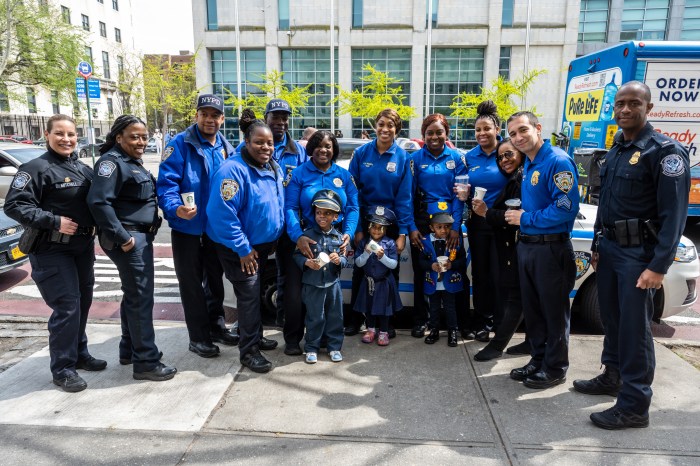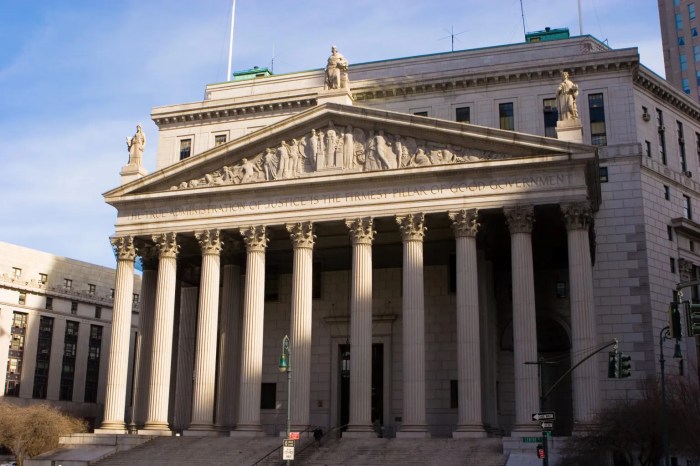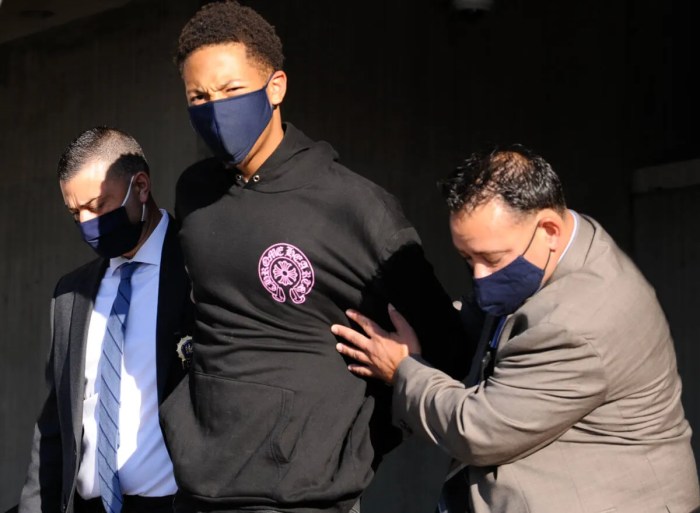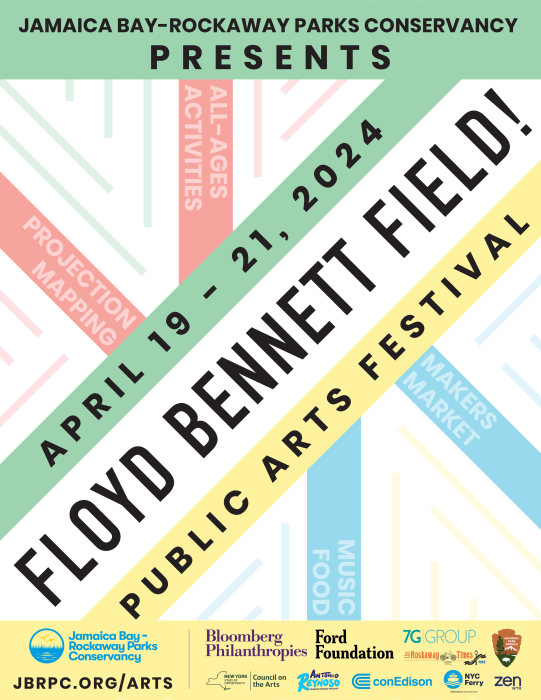By The Greater Astoria Historical Society
September 1959 in Queens began with news that police had thwarted a re-engagement in a war of gangs from Jamaica and Hollis. One innocent 14-year-old bystander was shot in the chest. Twelve boys, some under 15, were arrested and an arsenal of knives, broomsticks, chains and metal whips was seized. The boys were released into their parents’ custody and were to appear in court in Jamaica.
Police in several precincts had been observed chasing youngsters from street corners in the early evening. A sergeant in one precinct was assaulted when he stopped to question a group of men loitering on a corner. More than 60 additional policemen were patrolling Queens streets during the late evening and early morning hours as part of the police department’s latest drive on teenage violence.
It was estimated there were more than 100 gangs in the city with a combined membership in the thousands. The overall juvenile delinquent problem had grown to such proportions that the U.S. Senate Juvenile Delinquency Committee began hearings in Congress to study the nationwide problem of “teenage terrorists.”
Mayor Robert Wagner vowed to put 1,080 more policemen on the streets. Gov. Nelson Rockefeller announced the state would move to curb the problem by setting up work camps for potential hoodlums.
Five hundred transit policemen stood ready to fight the rising teen violence on their own time and without pay, and the Queens Chapter of the Reserve Officers Association proposed forming an auxiliary force of war veterans to patrol city streets and amusement areas to ensure enforcement of a proposed 9 p.m. curfew for teenagers.
l
City Parks Commissioner Robert Moses warned that the proposed 1964 World’s Fair would not be ready on time unless Congress acted swiftly to authorize President Dwight Eisenhower to invite other countries to participate.
At a luncheon, Moses declared the fair plans called for a $10.5 million program to develop 35 acres, some of which was wasteland, and a $35 million extension of the Van Wyck Expressway, which was to link it with the Whitestone Parkway. His proposals featured other major road improvements in Queens and the construction of a Major League Baseball stadium on the Willets Point parking field.
But New York had not been approved as the site of the fair yet, and Sen. William Fulbright of Arkansas had proposed appointing a committee to look at other sites before giving New York the nod. On Sept. 24, Rockefeller and Wagner called on Eisenhower to submit an application to the Bureau of International Expositions in Paris, asking that the body consider Flushing Meadows Corona Park as the site of the fair.
Eisenhower was not asked to exclude other cities from the application, as groups in Washington and Los Angeles had been pushing their cities. The bureau was to meet in November to select the fair site.
l
On the evening of Sept. 25, notorious gangster Anthony Carfano, 62, once No. 2 man in the nation’s underworld and right-hand man to Al Capone, and his companion Mrs. Janice Drake, 32, the beautiful blonde wife of Forest Hills comedian Allen Drake, were shot to death in a car on a street in Jackson Heights.
The killers, who may have been hiding in the back seat of the car, pumped several slugs into the back of their heads. Authorities surmised that Mrs. Drake was killed simply to silence her about the incident.
Queens District Attorney Frank O’Connor probed the possibility that Carfano was rubbed out to prevent his testimony before the Senate Rackets Investigating Committee.
For more information, call 718-278-0700 or visit astorialic.org.
































